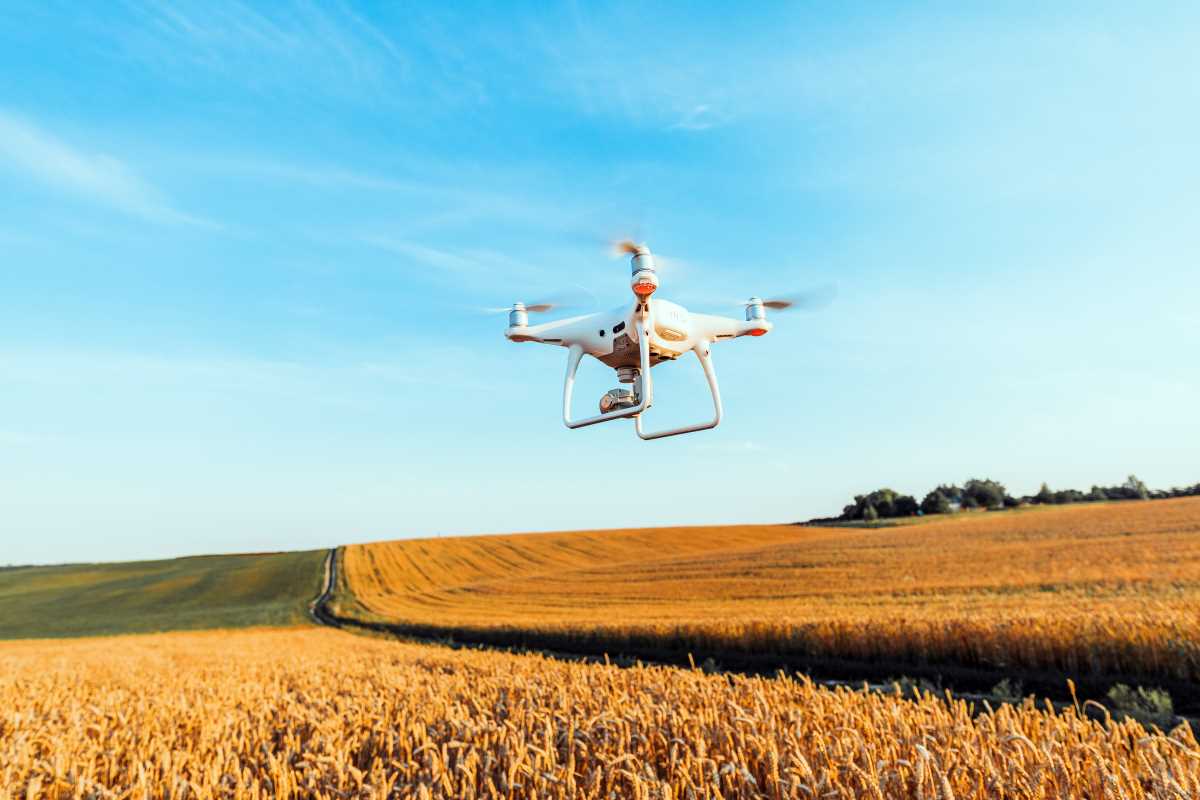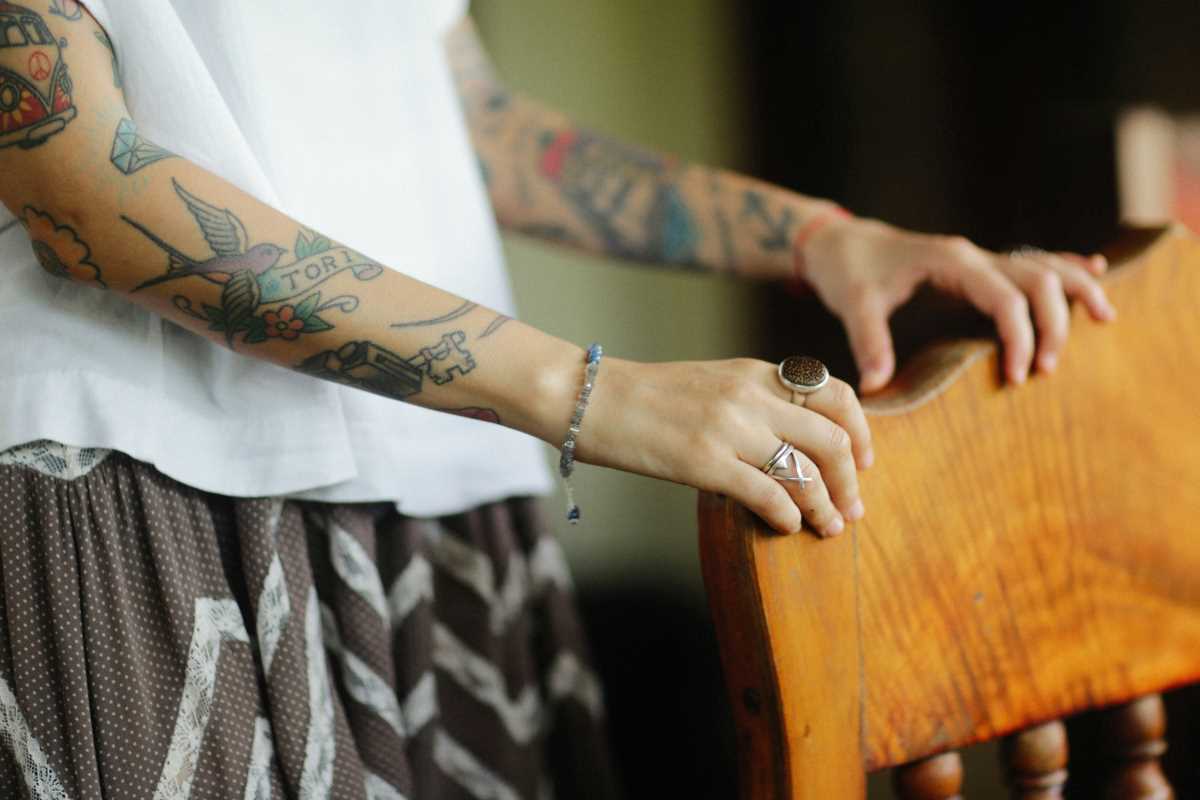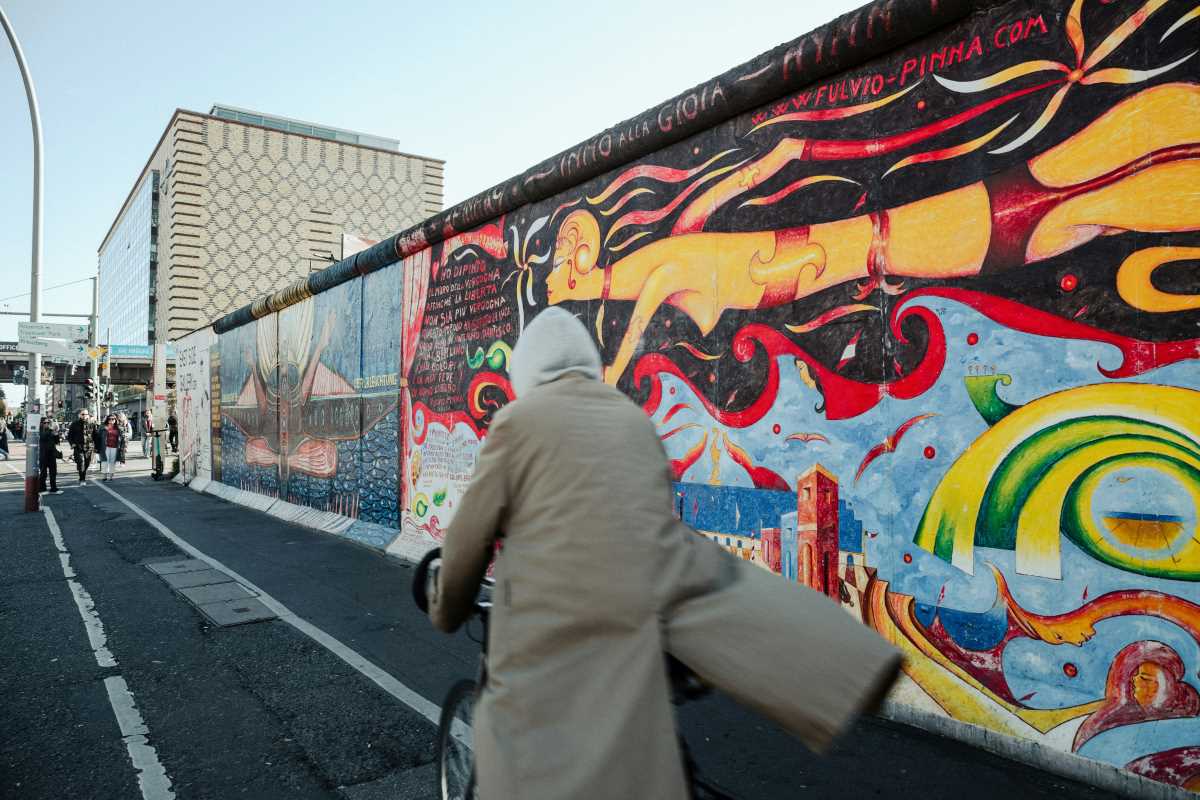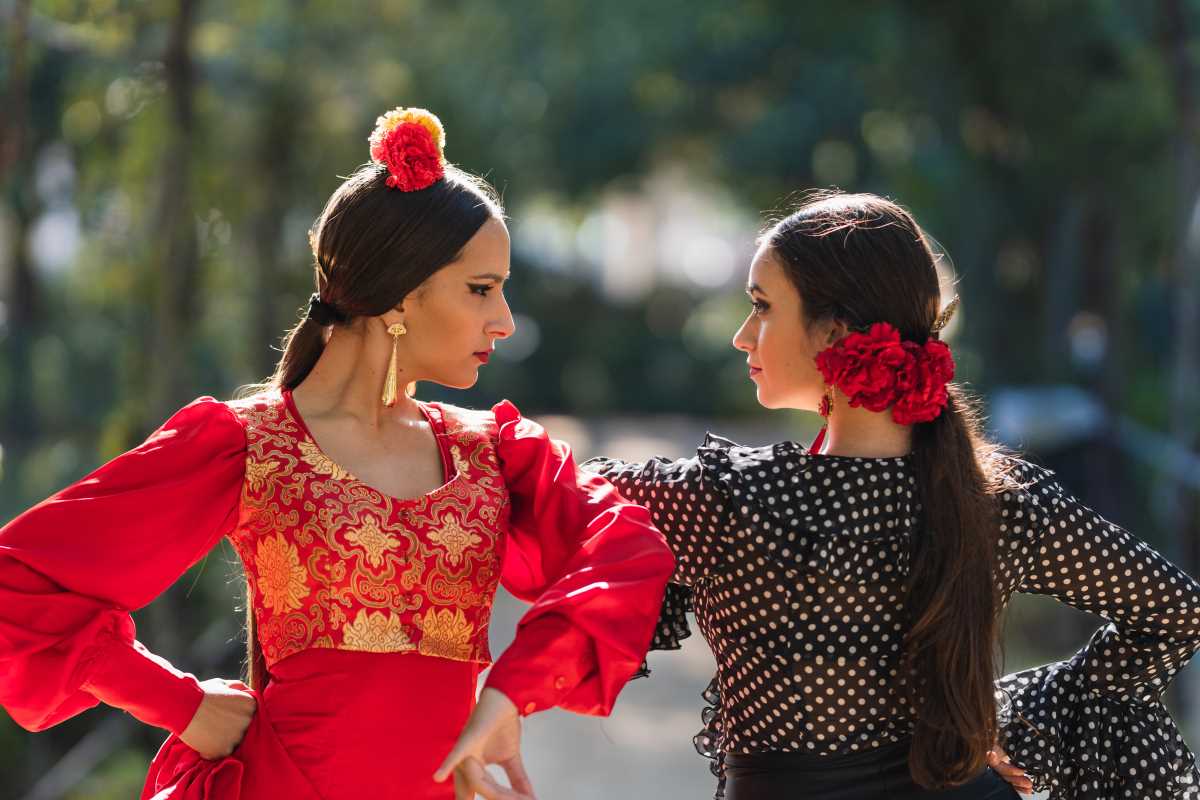We often think of tradition and technology as two opposing forces. Tradition is the old way of doing things—the stories, ceremonies, and customs passed down through generations. Technology is the new way—the constant drive for innovation, speed, and change. Yet, in our modern world, these two forces are not fighting against each other. Instead, they are merging in fascinating ways, creating a new cultural landscape where the past and the future coexist. From ancient languages being revived through apps to religious ceremonies being livestreamed across the globe, technology is not erasing tradition. It's giving it a new voice, a broader reach, and a surprising relevance in the 21st century. This blend is reshaping how we connect with our heritage and with each other.
Preserving the Past with Digital Tools
One of the most powerful ways technology is intersecting with tradition is in the preservation of culture. For centuries, cultural heritage was passed down orally or through fragile manuscripts. Languages, stories, and historical knowledge were always at risk of being lost to time. Today, digital tools are providing powerful new methods for safeguarding this legacy.
Consider endangered languages. Around the world, thousands of languages are at risk of disappearing as the last native speakers pass away. Technology has stepped in as a crucial ally in this fight. Linguists and community members are using digital recorders to create audio archives of native speakers. Mobile apps like Duolingo or specialized community-built platforms are making it possible for younger generations to learn the languages of their ancestors. These apps turn language learning into an accessible and engaging game, helping to create a new generation of speakers. Online dictionaries and digital archives make these languages available to anyone, anywhere in the world, ensuring they are not forgotten.
Similarly, museums and cultural institutions are using technology to digitize artifacts and historical documents. A delicate ancient textile or a fading manuscript can be scanned in high resolution, preserving every detail forever. Virtual reality (VR) and augmented reality (AR) are taking this even further. You can now take a virtual tour of ancient ruins as they looked thousands of years ago or see a historical artifact displayed in 3D in your own living room through your phone. This technology doesn't replace the experience of seeing the real thing, but it makes cultural heritage accessible to a global audience, including people who may never have the chance to travel to these sites.
Old Rituals in a New World
Tradition is not just about preserving the past; it’s about practices that are alive today. Religious ceremonies, cultural festivals, and family rituals are the heartbeat of many communities. Technology is changing how we participate in these traditions, often making them more inclusive.
During global shutdowns, many religious groups turned to technology to maintain their communities. Services were livestreamed on YouTube, prayer groups met over Zoom, and religious texts were shared through apps. What started as a necessity has now become a new way to connect. An elderly person who is unable to leave their home can now participate in their weekly religious service. A family member who has moved to another country can join a holiday celebration via video call, seeing and speaking with loved ones in real time. Technology is bridging physical distances and allowing traditions to be shared across generations and continents.
Cultural festivals are also getting a technological boost. An event like the Day of the Dead in Mexico or the Holi festival in India can now be experienced by people all over the world through social media. Participants share photos and videos, explaining the meaning behind different rituals and creating a global conversation. This digital sharing helps to correct misconceptions and fosters a deeper appreciation for other cultures. The core traditions remain the same, but their audience is now limitless.
The Evolution of Traditional Arts and Crafts
The intersection of tech and tradition is also sparking incredible creativity in the arts. Artisans who practice traditional crafts like weaving, pottery, and woodworking are finding new ways to innovate and reach customers.
For example, a weaver from a small village who creates intricate, traditional patterns can now sell their work to a global audience through an online marketplace like Etsy. They can use social media to share their process, telling the story behind their craft and connecting directly with buyers who appreciate their skill. This creates a sustainable income for artisans and helps to keep traditional art forms alive.
Some artists are going a step further by blending digital tools directly into their creative process. A potter might use 3D modeling software to design a new shape before ever touching clay. A textile artist might use a digital loom to experiment with complex patterns that would be difficult to create by hand. This doesn't devalue the craft; it expands its possibilities. The artist's skill and cultural knowledge are still the foundation, but technology provides a new set of tools to express their vision. This fusion results in exciting new art forms that are both rooted in tradition and unmistakably modern.
Challenges and Considerations
Of course, the marriage of tradition and technology is not without its complications. One concern is authenticity. When a sacred ceremony is broadcast on Instagram, does it lose some of its meaning? When a traditional craft is made with the help of a machine, is it still authentic? These are important questions with no easy answers. It's up to each community and artist to decide how to adopt technology in a way that honors their heritage. The key is often to use technology as a tool to enhance tradition, not to replace the human connection and meaning at its core.
Another challenge is the digital divide. While technology can make culture more accessible, it can also leave people behind. Communities without reliable internet access or the resources to afford digital devices may not be able to benefit from these tools. Ensuring that the digital preservation of culture is equitable and inclusive is a major hurdle that organizations and governments must address.
Finally, there's the risk of commercialization. When a cultural tradition becomes popular online, there is a danger that it will be stripped of its context and turned into a commercial trend. Preserving the integrity and respect for cultural practices while sharing them with a wider audience is a delicate balance that requires constant mindfulness and education.
 (Image via
(Image via





